India’s most admired government multi-disciplinary universities 2024-25
Although the country’s new genre private universities with their sprawling capital intensive campuses, new-age study programmes, and high-quality faculty, are capturing the public imagination, government universities continue to host 74 percent of youth in higher education
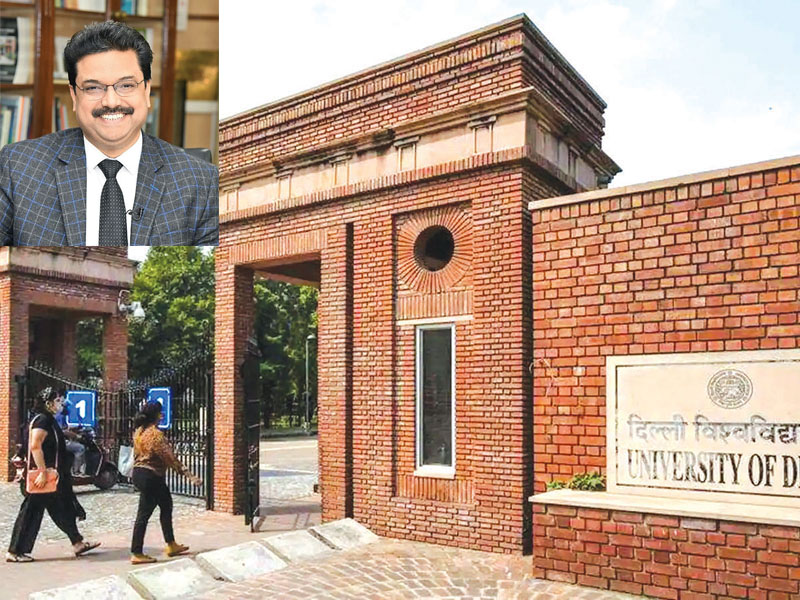
The latest All India Survey of Higher Education (AISHE) Report 2021-22 (released January 25) of the Union education ministry discloses that India hosts 1,168 universities. Of them, 240 are of the Central and 445 of state governments. Therefore, 40 percent of the country’s 1,168 universities are privately promoted. However, the latter mentor only 26.3 percent of the 43.3 million students in higher education. The great majority of tertiary students are enrolled in the country’s 685 government universities.
This indicates that though the country’s new genre private universities are capturing the public imagination with their sprawling capital intensive campuses, new-age study programmes, and high-quality faculty including expats, government universities, which provide highly subsidised education, continue to host almost three-fourths of youth in higher education.
With government varsities still dominant in Indian higher education, in 2020, the annual EducationWorld India Higher Education Rankings (EWIHER), which until then rated and ranked only private universities, was expanded to also rank the best Central and state government varsities. Two years later in 2022, in keeping with our commitment to continuously improve and refine our ranking surveys, the broad category of government (and private) universities was further sub-divided according to subject specialisations, to provide level playing field comparisons.
In the latest EWIHER 2024-25, government universities are ranked in nine separate silos — multidisciplinary, law and humanities, natural and life sciences (including medical), engineering and technology, all-women, agriculture, physical sciences and sports, maths and research. These subject-specialisation rankings make it easier for school-leaving students and graduates to select government varsities (whose tuition fees tend to be substantially lower) best suited to their aptitudes and aspirations.
To compile the EW India Government University Rankings 2024-25, the well-reputed Bengaluru-based market research company AZ Research Partners Pvt. Ltd (estb.2002) interviewed 2,100 sample respondents comprising higher education faculty and students, and industry representatives in 22 states countrywide. These respondents were persuaded to award government universities of whom they have sufficient knowledge, perceptual scores of 1-300 on ten parameters of higher education excellence, viz, faculty competence, faculty welfare and development, research and innovation, curriculum and pedagogy, industry interface, placements, infrastructure, internationalism, leadership/governance and range and diversity of study programmes. Higher weightage is given to the critical parameters of faculty competence (150), research and innovation (300) and infrastructure (150).
Within the category of government varsities, multidisciplinary institutions are more popular with students as they provide a wide range of study programmes across numerous faculties including arts, humanities, science, commerce, management, engineering and technology etc, thus offering opportunity for inter-disciplinary study. Consequently, it’s not surprising that the longest league table in EWIHER 2024-25 is of government multidisciplinary universities.
And dominating this competitive league table for the third consecutive year is the University of Delhi (DU). This year’s EW sample respondents have once again voted the Central government-promoted DU (estb.1922) India’s #1 government multi-disciplinary university with top scores under seven of the ten parameters of higher education excellence, viz, faculty competence, research and innovation (given highest weightage of 300), infrastructure and range/diversity of programmes.
The showpiece DU has 77 colleges affiliated with it in the national capital including the top-ranked St. Stephen’s, Shri Ram College of Commerce, Miranda House and Lady Shri Ram College. However notwithstanding its popularity — or because of it — several emails and phone calls to Vice Chancellor Prof. Yogesh Singh to elicit the secrets of DU’s success proved unsuccessful.
The vintage University of Mumbai (estb.1857), which was jointly ranked #1 with DU in 2022-23, is ranked #2 this year. However, its management can draw solace that MU is ranked #1 on the important parameters of industry interface and student placement.
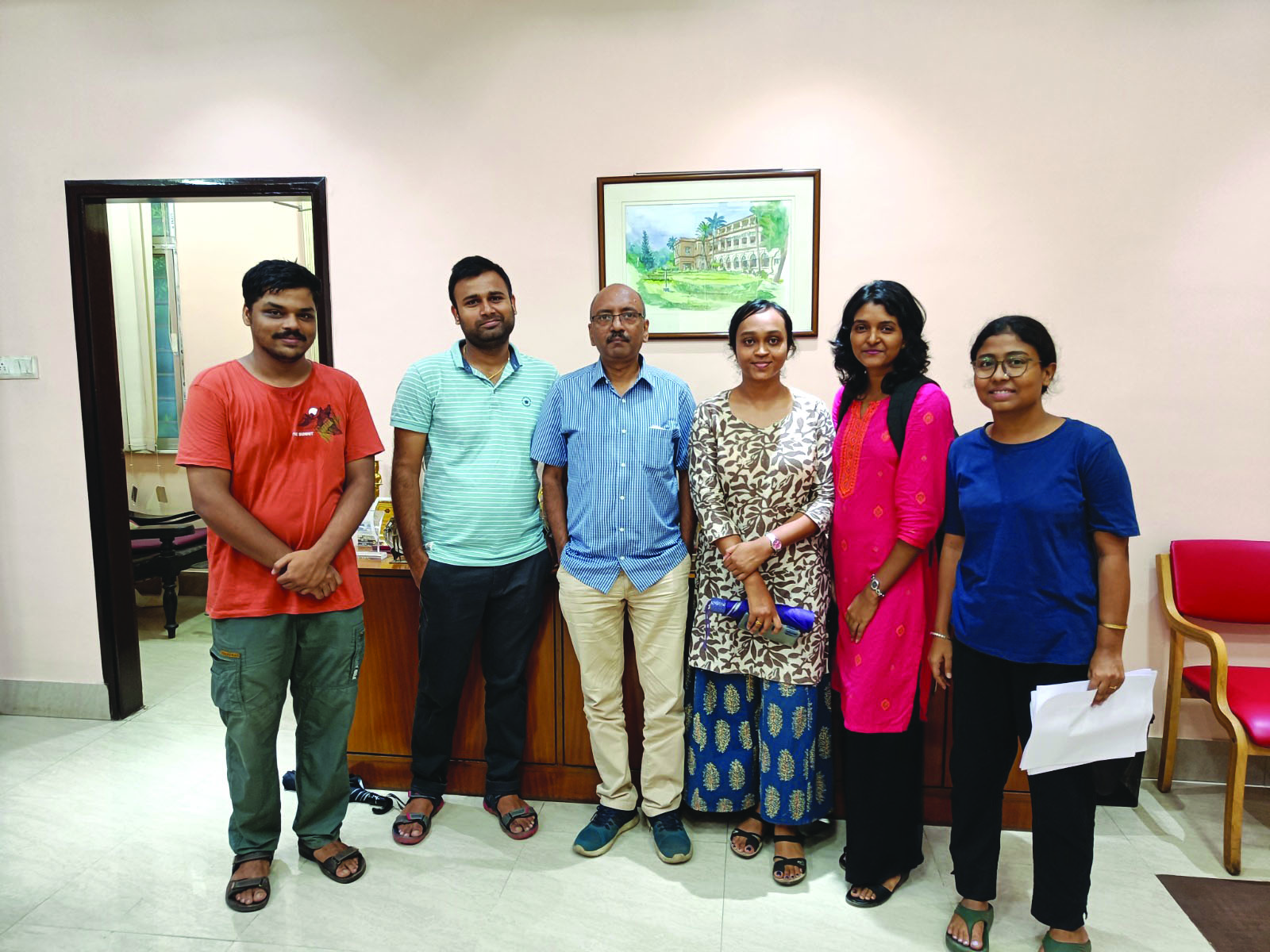
Jadavpur’s Prof. Buddhadeb Sau (centre): complex politics exit
Further down top table too, there’s been a rearrangement of seats with several universities losing ground. Banaras Hindu University is ranked #3 (#2 in 2023-24), Jawaharlal Nehru University (JNU), Delhi #4 (#3), Jadavpur University, Kolkata #5 (#4) while Aligarh Muslim University (AMU) has retained its #6 rank.
The Top 10 table is completed by the University of Hyderabad at #7 (#5), Savitribai Phule Pune University #8 (#7), Panjab University, Chandigarh #9 (#8) and Bharathidasan University, Trichy #10 (#8).
Prof. Buddhadeb Sau, interim Vice Chancellor of the West Bengal government-promoted Jadavpur University (estb.1905), which has slipped from #4 last year to #5 in the 2024-25 league table of India’s most reputed government multi-disciplinary universities, dismisses media rankings surveys as “eye wash”. “These ranking surveys are for those who don’t want to involve themselves in deep research. In my opinion, rankings should be computed on the placement record of HEIs and high quality research work, which excludes number of research papers published,” says Prof. Sau. While Sau is pleased with the high score awarded to JU for its range/diversity of programmes, he believes greater inter-department cooperation would raise JU’s total score and rank.
The lack of cooperation and absence of cohesion experienced by Sau is rooted in campus politics. In the past year, JU and the state’s other ten public universities have become battle grounds of the Trinamool Congress (TMC) state government and West Bengal Governor Ananda Bose, a (BJP) Central government appointee.
In his capacity as ex officio chancellor of all universities statewide, last year Bose controversially appointed interim vice chancellors of all 11 state universities (including JU). These appointments were immediately revoked by the state’s TMC government. In particular, Sau’s appointment as VC generated much criticism as he doesn’t have the minimum ten years’ teaching experience that is mandatory for the post of VC. Moreover, it was alleged that he is sympathetic to the BJP government at the Centre.
On April 16, the Supreme Court directed Governor Ananda Bose to appoint “suitable persons” as vice-chancellors of six state universities from a list of candidates provided by the TMC government. Consequently on the TMC’s advice, on April 23 Governor Bose appointed Prof. Bhaskar Gupta as the new VC of JU, ending Sau’s term in office. (This interview with Sau was completed on April 20).
Pervasive political interference in higher education is a prime cause of Indian universities’ low standing in global league tables. However inevitably, several universities have risen in the league table of India’s multidisciplinary varsities. Among them: Jamia Millia Islamia University, Delhi to #13 (#16), Bangalore City University to #17 (#19), Kurukshetra University to #23 (#28) and University of Jammu to #31 (#37).
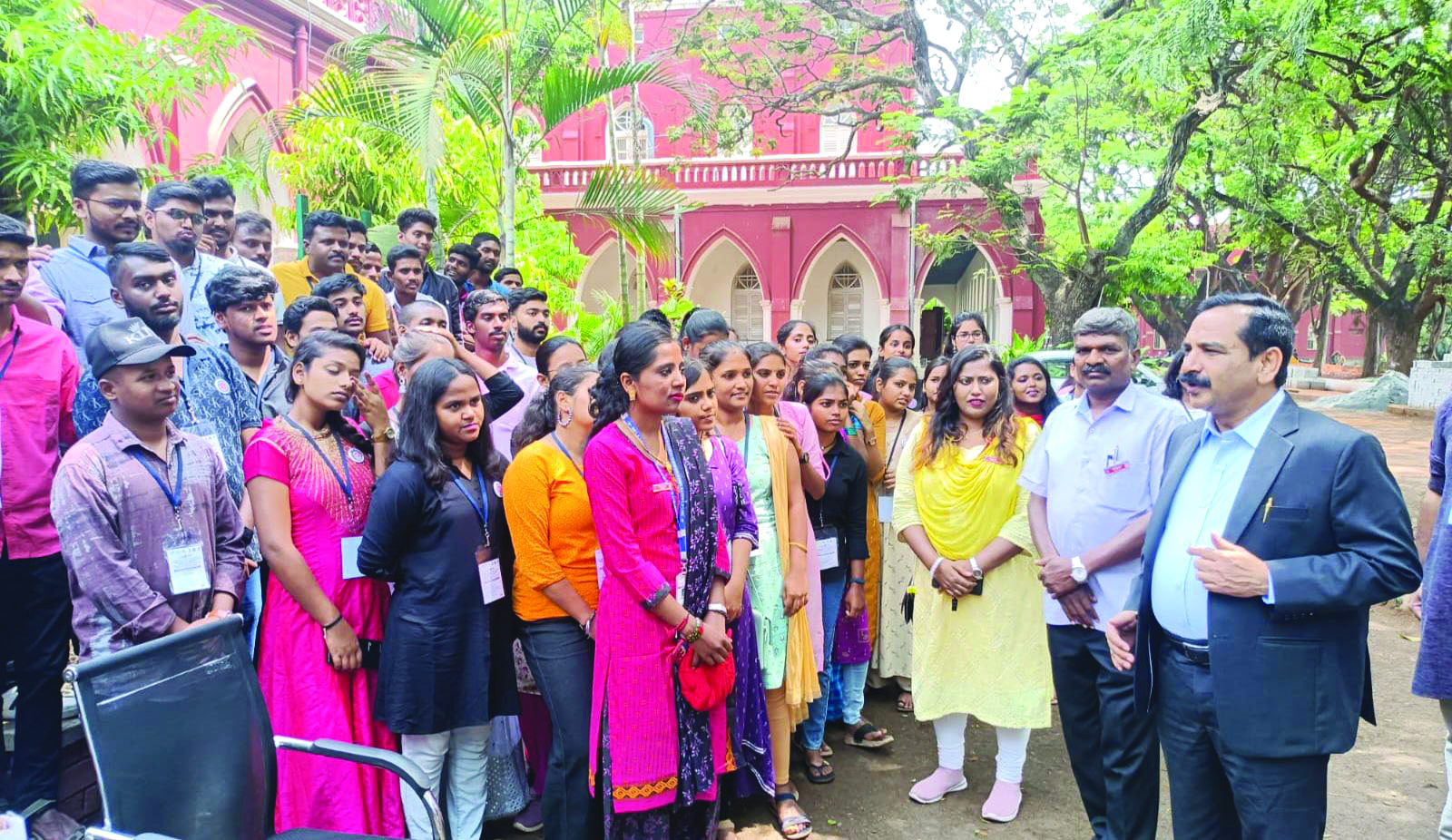
BCU’s Dr. Lingaraja Gandhi (right): trifurcation stimulus
Dr. Lingaraja Gandhi, Vice Chancellor of Bangalore City University (BCU, estb.2017 after trifurcation of Bangalore University), which boasts 240 affiliated institutions including the garden city’s top-ranked Mount Carmel and St. Joseph’s undergrad colleges, is delighted with BCU’s steady rise in the EW league table from #21 in 2022-23 to #19 in 2023-24 and #17 this year.
“We are heartened that BCU is consistently ranked among the country’s Top 20 public universities in the credible EW league table. When BCU was separated from the parent Bangalore University five years ago, we had 400 students. Now we have 4,000 enrolled in a wide range of undergrad, postgrad and doctorial programmes on our campus. Many study programmes in emerging disciplines such as data science, machine learning, environmental science, urban studies have been recently introduced and have boosted our enrolment. Moreover, BCU has signed seven collaboration agreements with top international universities including Birmingham City and Wolverhampton, UK. We have also redeveloped and upgraded our heritage Central College campus at a cost of Rs.168 crore with state-of-the-art academic blocks, labs and sports facilities. It’s very reassuring that your survey respondents have acknowledged and appreciated BCU’s transformation by giving us a promotion in the EW league table,” says Dr. Gandhi, an alum of MysoreUniversity with 39 years of teaching, research and administrative experience including stints as registrar of Karnataka State Open University and Mysore University prior to appointment as Vice Chancellor of BCU in 2021. Sited on a 33-acre heritage campus in the heart of Bangalore city, BCU has 4,000 students and 179 faculty on its muster rolls. Moreover, its 240 affiliated colleges have an aggregate enrolment of 140,000 students.
It’s noteworthy that some universities ranked modestly in the national league table are top ranked in their host states. For instance, Utkal University, Bhubaneswar ranked #35 nationally, is #1 in Odisha (pop.47 million). Similarly, Central University of Rajasthan, Ajmer ranked India #40, is #1 in Rajasthan (83 million) and the Indira Gandhi National Tribal University, Amarkantak ranked #51 nationally is the #1 government university of Madhya Pradesh (72 million).
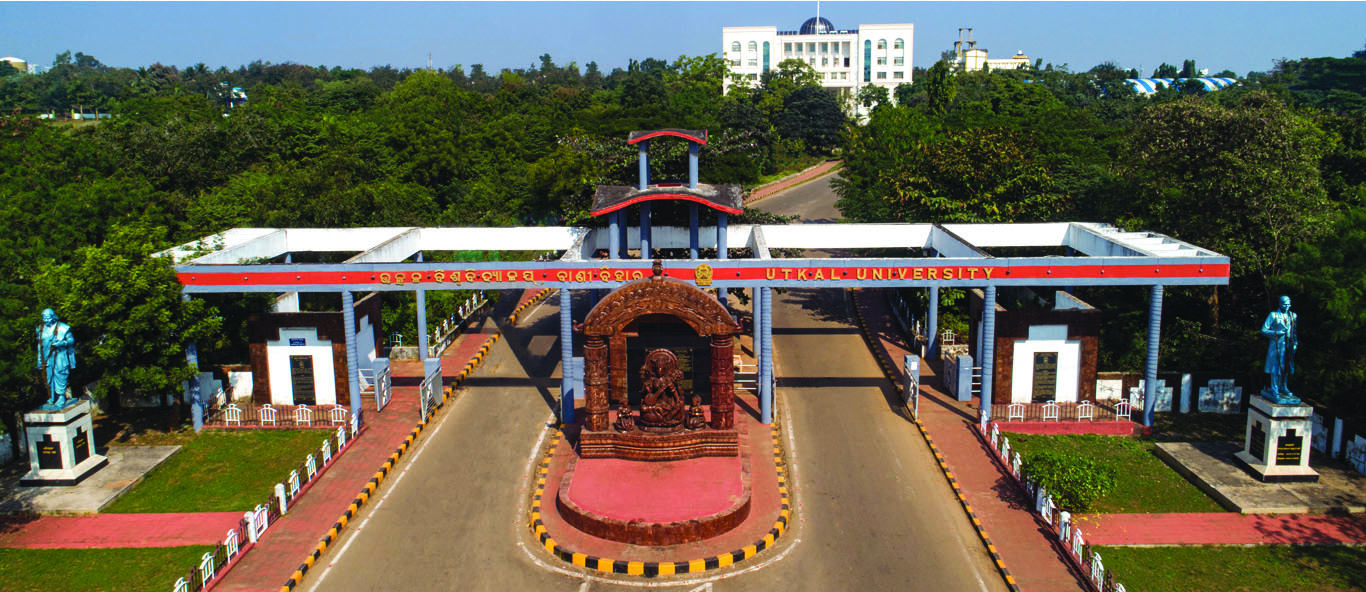
Utkal University vista: Odisha #1








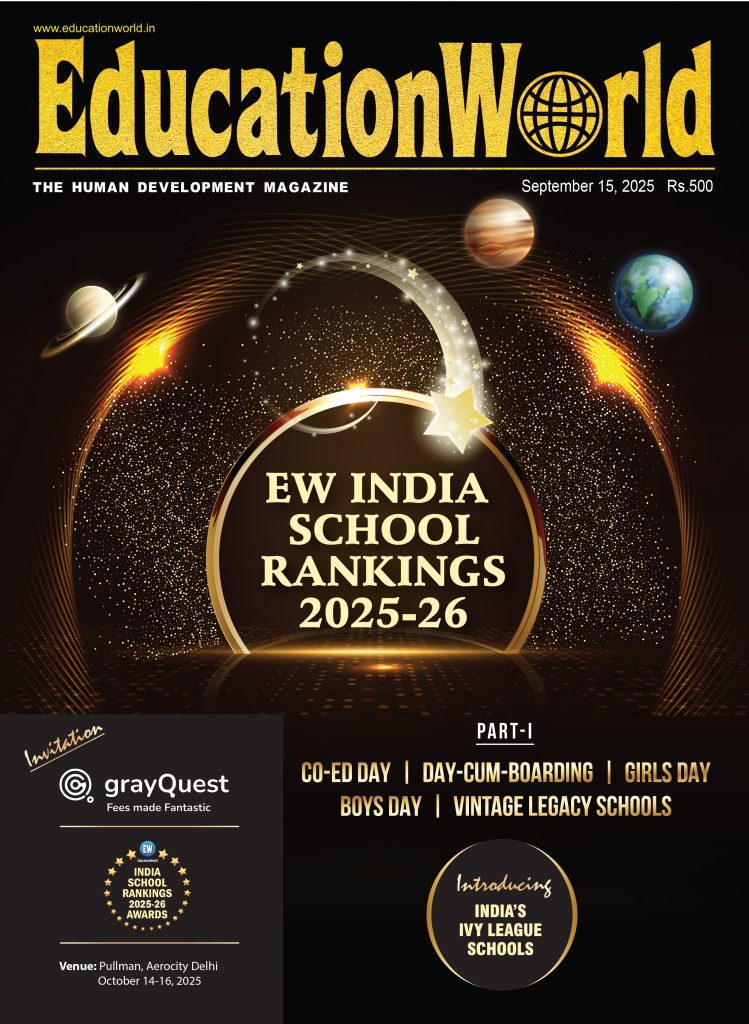







Add comment